Eddy Arnold
The country music legend who was a crossover star
The country music legend who was a crossover star
Eddy Arnold
1918–2008
The Week
Escape your echo chamber. Get the facts behind the news, plus analysis from multiple perspectives.

Sign up for The Week's Free Newsletters
From our morning news briefing to a weekly Good News Newsletter, get the best of The Week delivered directly to your inbox.
From our morning news briefing to a weekly Good News Newsletter, get the best of The Week delivered directly to your inbox.
Eddy Arnold, who died last week just shy of his 90th birthday, was by many measures the most successful country singer of all time. He sold more than 85 million records, and between 1945 and 1983 had 145 songs on the country charts, including 28 at No. 1. Arnold was also among the first country stars to cross over to mainstream tastes. Thirty-seven of his hits made it to the pop charts; the biggest, “Make the World Go Away,” cracked the top 10 in the fall of 1965, alongside songs by the Beatles, the Supremes, and the Rolling Stones. “I want my songs to be accepted by everyone,” he said.
A farmer’s son, he was born in Henderson, Tenn., said the London Times. “Early victims of the Great Depression, the Arnold family became sharecroppers.” Arnold was only 11 when his father died, and he turned to music to help his family eke out a living, singing at church picnics and other venues. After a cousin lent him a Sears Roebuck Silvertone guitar, he was soon playing along with records by Gene Autry and Bing Crosby. “By 17 he was singing in the honky-tonks of nearby Jackson and had made his first radio appearance.” Dubbed “the Tennessee Plowboy,” he debuted at Nashville’s Grand Ole Opry in 1943. “A recording contract with RCA Victor followed,” along with management by Col. Tom Parker, who would soon also guide Elvis Presley’s career. Arnold’s first No. 1 song was “What Is Life Without Love,” in 1947; among his other early singles were “It’s a Sin,” “I’ll Hold You in My Heart,” and “Don’t Rob Another Man’s Castle.”
Arnold soon realized that rock ’n’ roll and popular standards by crooners such as Perry Como and Dean Martin were beginning to dominate the airwaves, said the Nashville City Paper. “I got to thinking, if I just took the same kind of songs I’d been singing and added violins to them, I’d have a new sound,” he said. So by the 1950s, Arnold “made the switch to the smoother, orchestrated numbers that would make him a worldwide celebrity.” Among his biggest crossover hits were “What’s He Doing in My World?” and “Then You Can Tell Me Goodbye.” Initially, Arnold’s transformation infuriated country purists. “They cussed me, but the disc jockeys grabbed it. The artists began to say, ‘Aww, he’s left us.’ Then within a year, they were doing it!” To complete the transition, Arnold even chucked his checked shirts and rhinestones and switched to tuxedoes for his many TV and nightclub appearances.
Arnold had a “lustrous, purling singing voice,” said The New York Times. “Unlike many of his Nashville peers, he sang not through his nose but from his diaphragm.” Dinah Shore likened his sound to “warm butter and syrup being poured over wonderful buttermilk pancakes.” Though his output varied widely, Arnold “favored romantic ballads and novelties over songs about drinking and cheating. Intimacy was his calling card.” In many ways, his crossover status paved the way for Patsy Cline, Dolly Parton, and Kenny Rogers. “I sing a little country, I sing a little pop, and I sing a little folk, and it all goes together,” he said.
A free daily email with the biggest news stories of the day – and the best features from TheWeek.com
Elected to the Country Music Hall of Fame in 1966, Arnold was named the Country Music Association’s Entertainer of the Year in 1967. His many honors included the National Medal of Arts in 2000 and a Grammy Lifetime Achievement Award in 2005. He is survived by a son and a daughter; his wife of 66 years, Sally, died a few weeks before he did.
-
 Normalising relations with the Taliban in Afghanistan
Normalising relations with the Taliban in AfghanistanThe Explainer The regime is coming in from the diplomatic cold, as countries lose hope of armed opposition and seek cooperation on counterterrorism, counter-narcotics and deportation of immigrants
-
 Best poetry books of 2025
Best poetry books of 2025The Week Recommends Magnificent collections from Luke Kennard, Leo Boix and Isabelle Baafi
-
 ‘Furious Minds: The Making of the MAGA New Right’ by Laura K. Field and ‘The Dream Factory: London’s First Playhouse and the Making of William Shakespeare’ by Daniel Swift
‘Furious Minds: The Making of the MAGA New Right’ by Laura K. Field and ‘The Dream Factory: London’s First Playhouse and the Making of William Shakespeare’ by Daniel SwiftFeature An insider’s POV on the GOP and the untold story of Shakespeare’s first theater
-
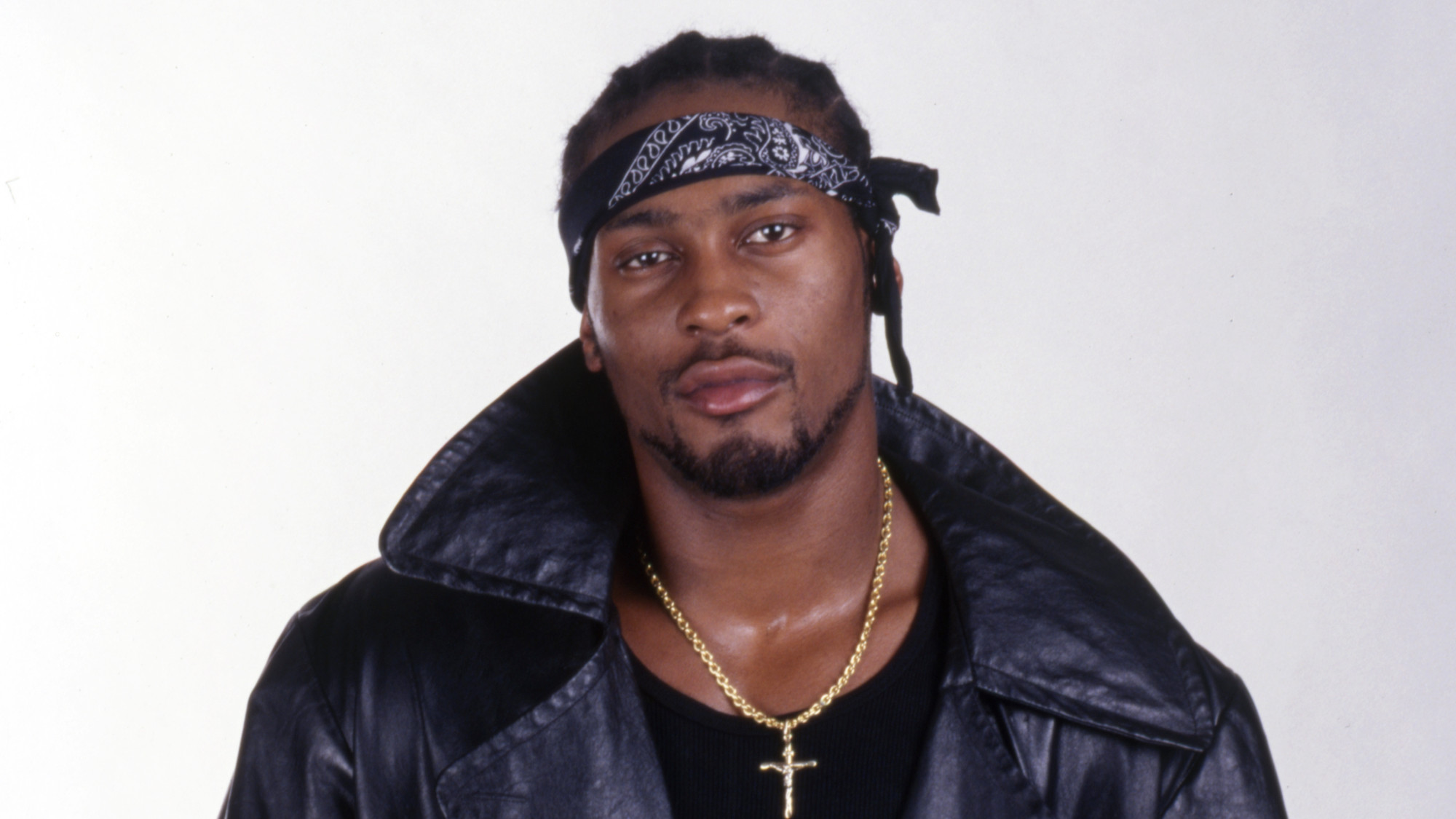 R&B singer D’Angelo
R&B singer D’AngeloFeature A reclusive visionary who transformed the genre
-
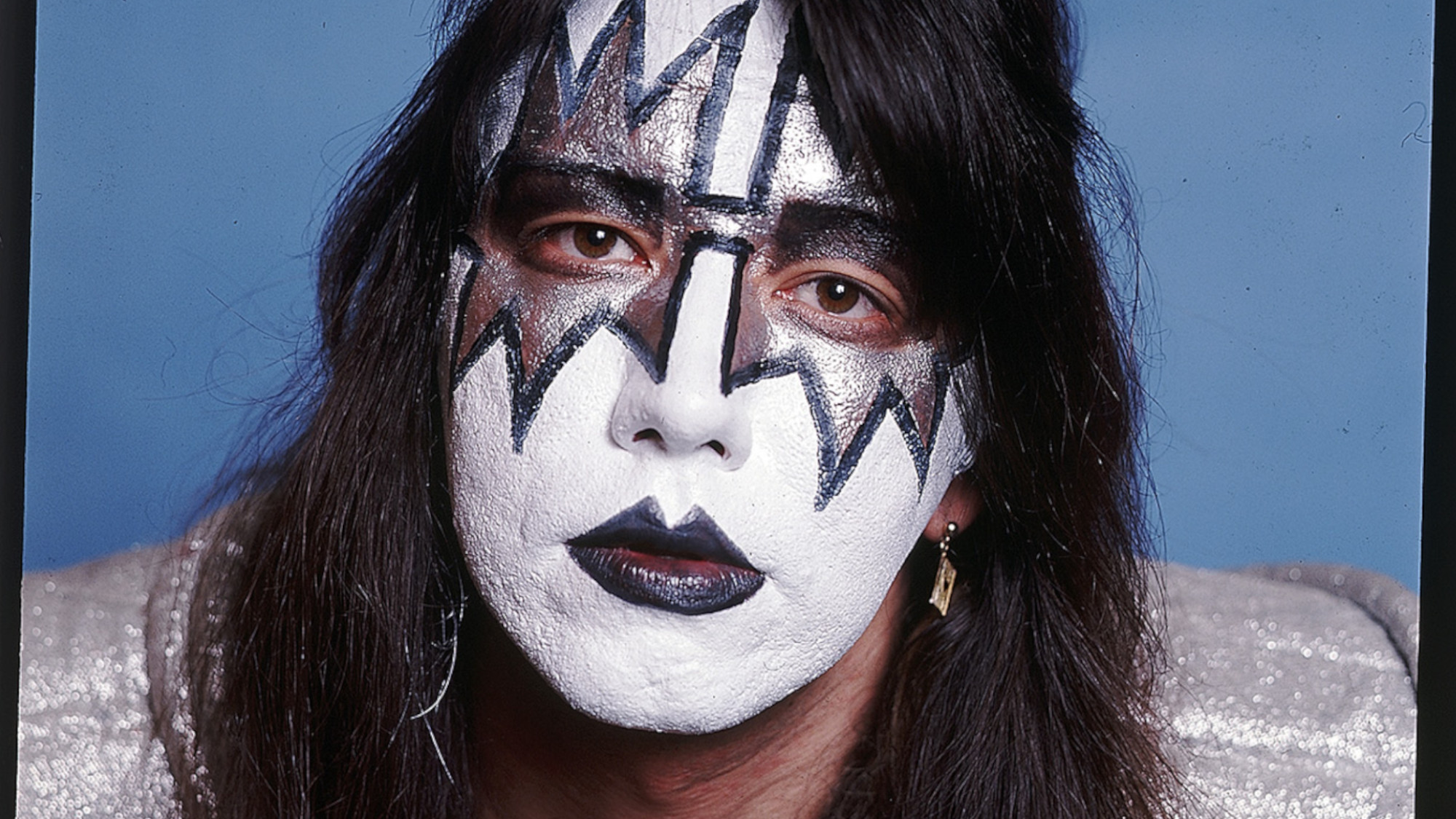 Kiss guitarist Ace Frehley
Kiss guitarist Ace FrehleyFeature The rocker who shot fireworks from his guitar
-
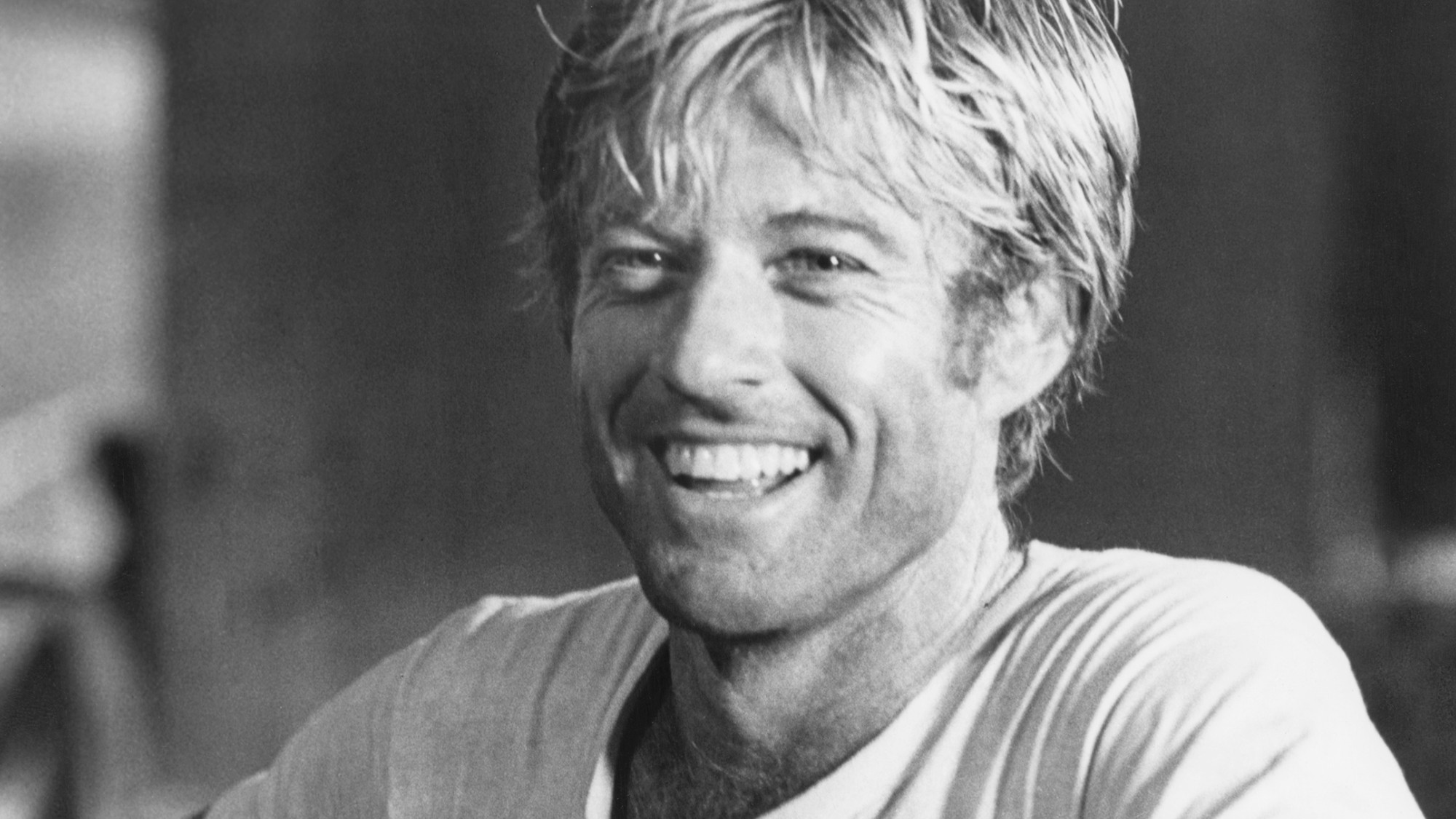 Robert Redford: the Hollywood icon who founded the Sundance Film Festival
Robert Redford: the Hollywood icon who founded the Sundance Film FestivalFeature Redford’s most lasting influence may have been as the man who ‘invigorated American independent cinema’ through Sundance
-
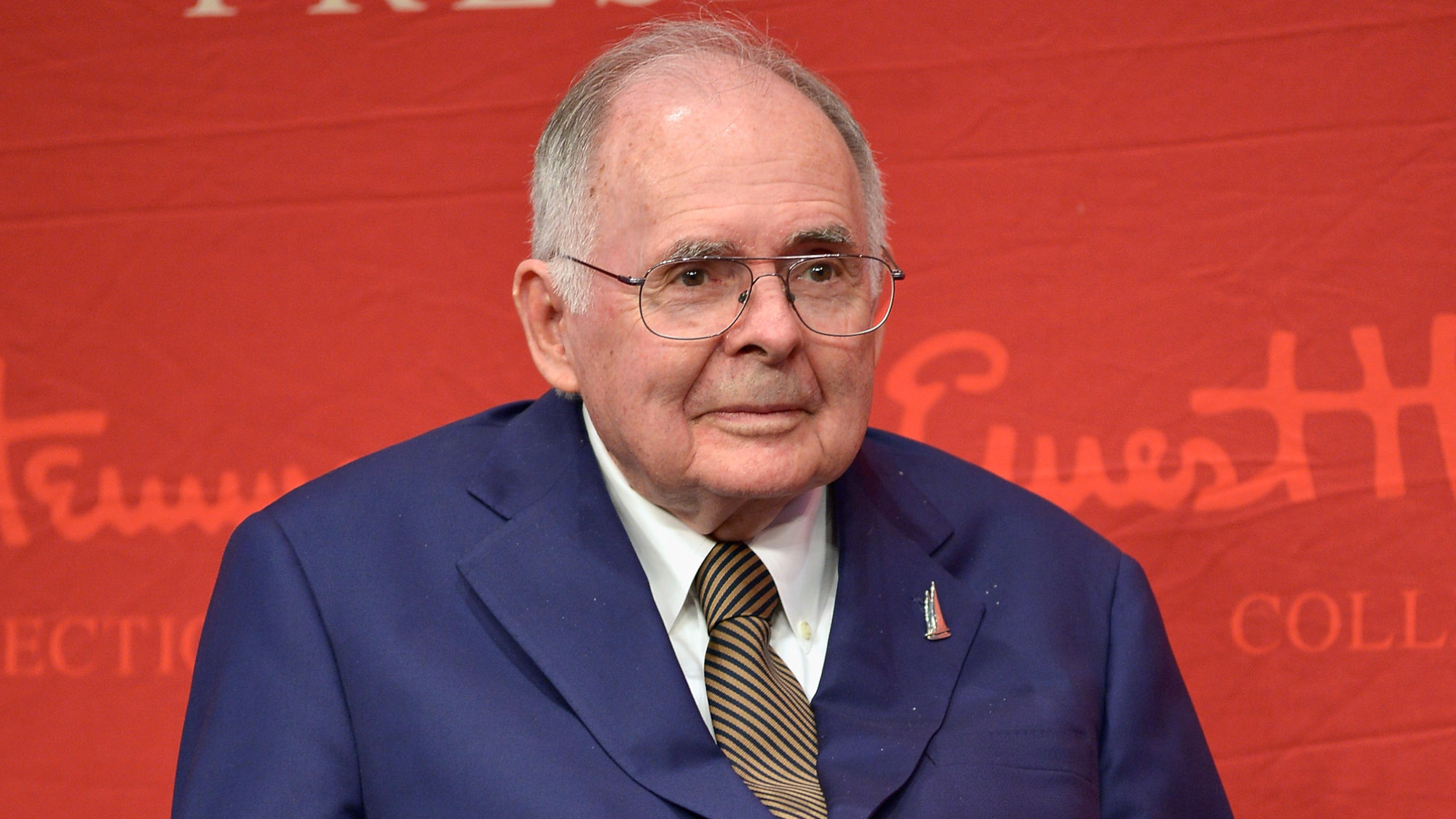 Patrick Hemingway: The Hemingway son who tended to his father’s legacy
Patrick Hemingway: The Hemingway son who tended to his father’s legacyFeature He was comfortable in the shadow of his famous father, Ernest Hemingway
-
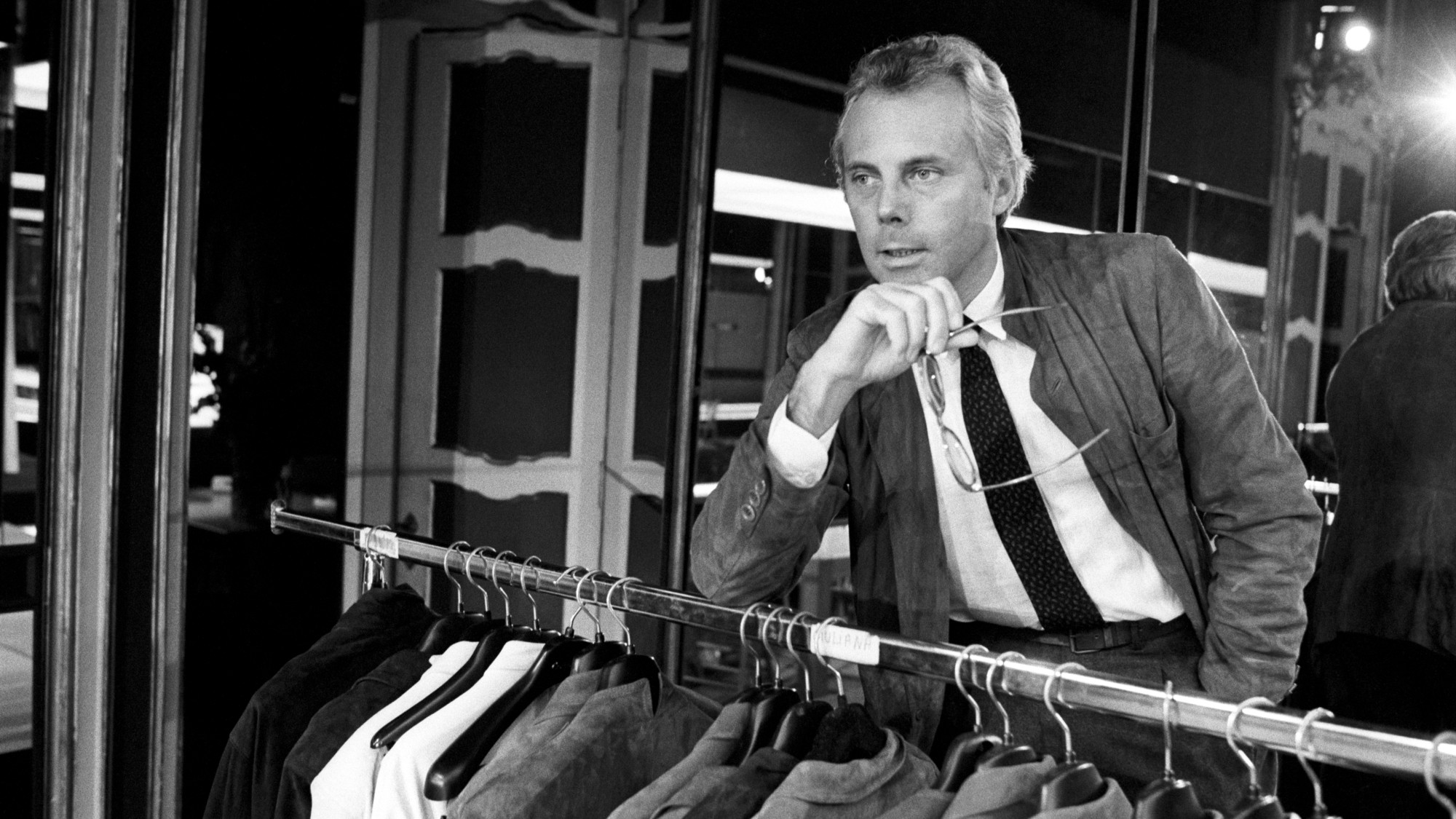 Giorgio Armani obituary: designer revolutionised the business of fashion
Giorgio Armani obituary: designer revolutionised the business of fashionIn the Spotlight ‘King Giorgio’ came from humble beginnings to become a titan of the fashion industry and redefine 20th-century clothing
-
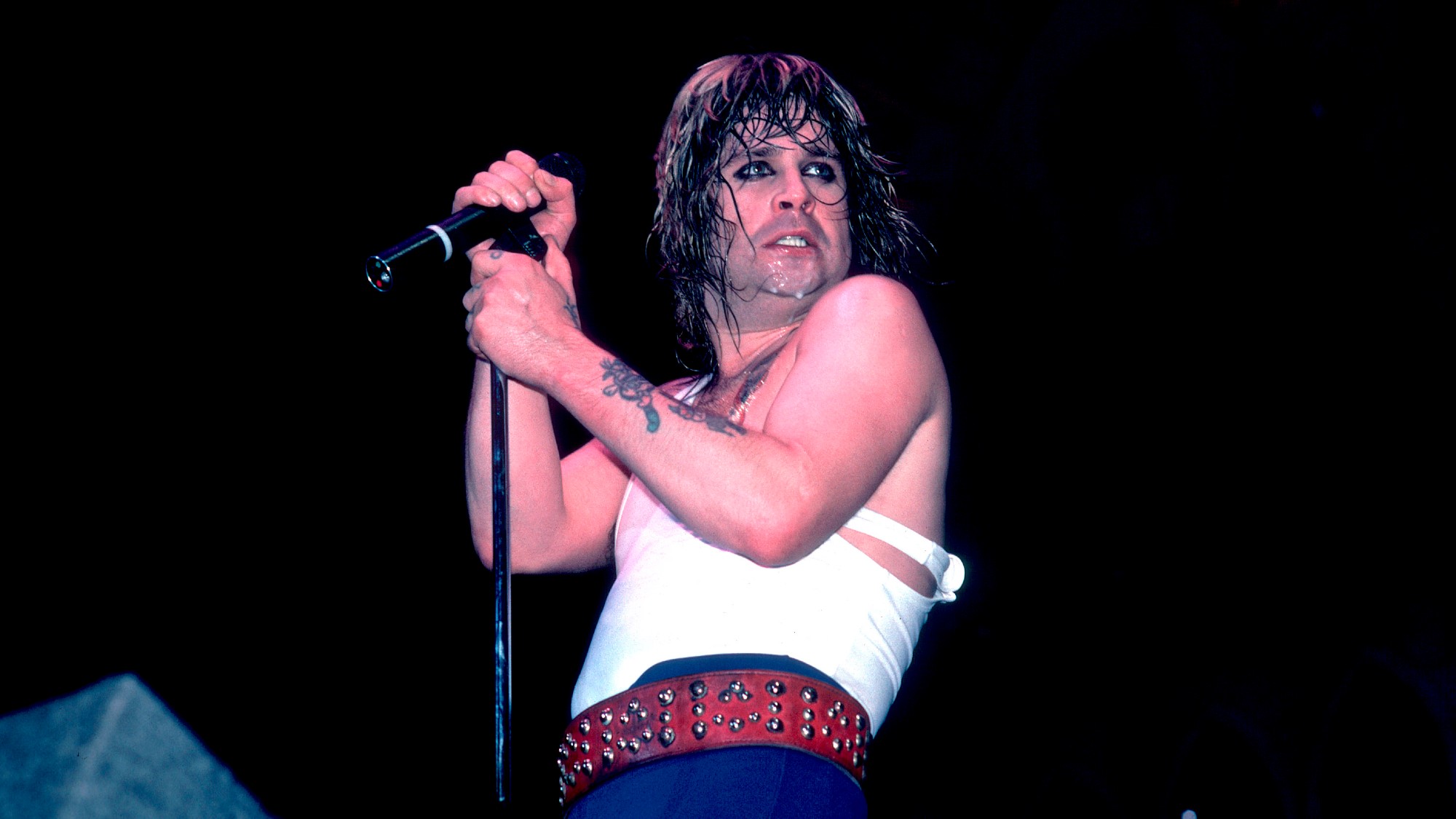 Ozzy Osbourne obituary: heavy metal wildman and lovable reality TV dad
Ozzy Osbourne obituary: heavy metal wildman and lovable reality TV dadIn the Spotlight For Osbourne, metal was 'not the music of hell but rather the music of Earth, not a fantasy but a survival guide'
-
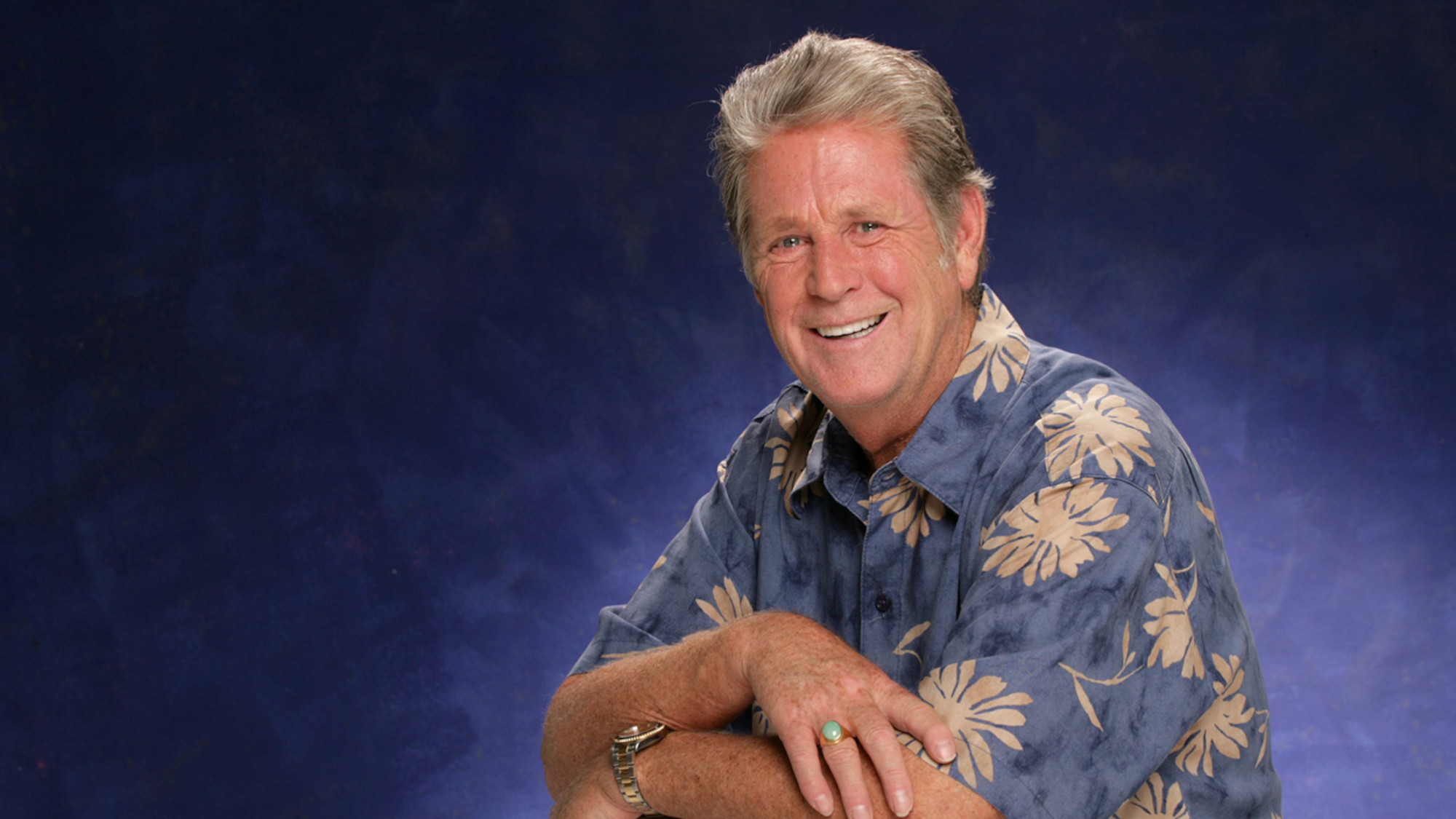 Brian Wilson: the troubled genius who powered the Beach Boys
Brian Wilson: the troubled genius who powered the Beach BoysFeature The musical giant passed away at 82
-
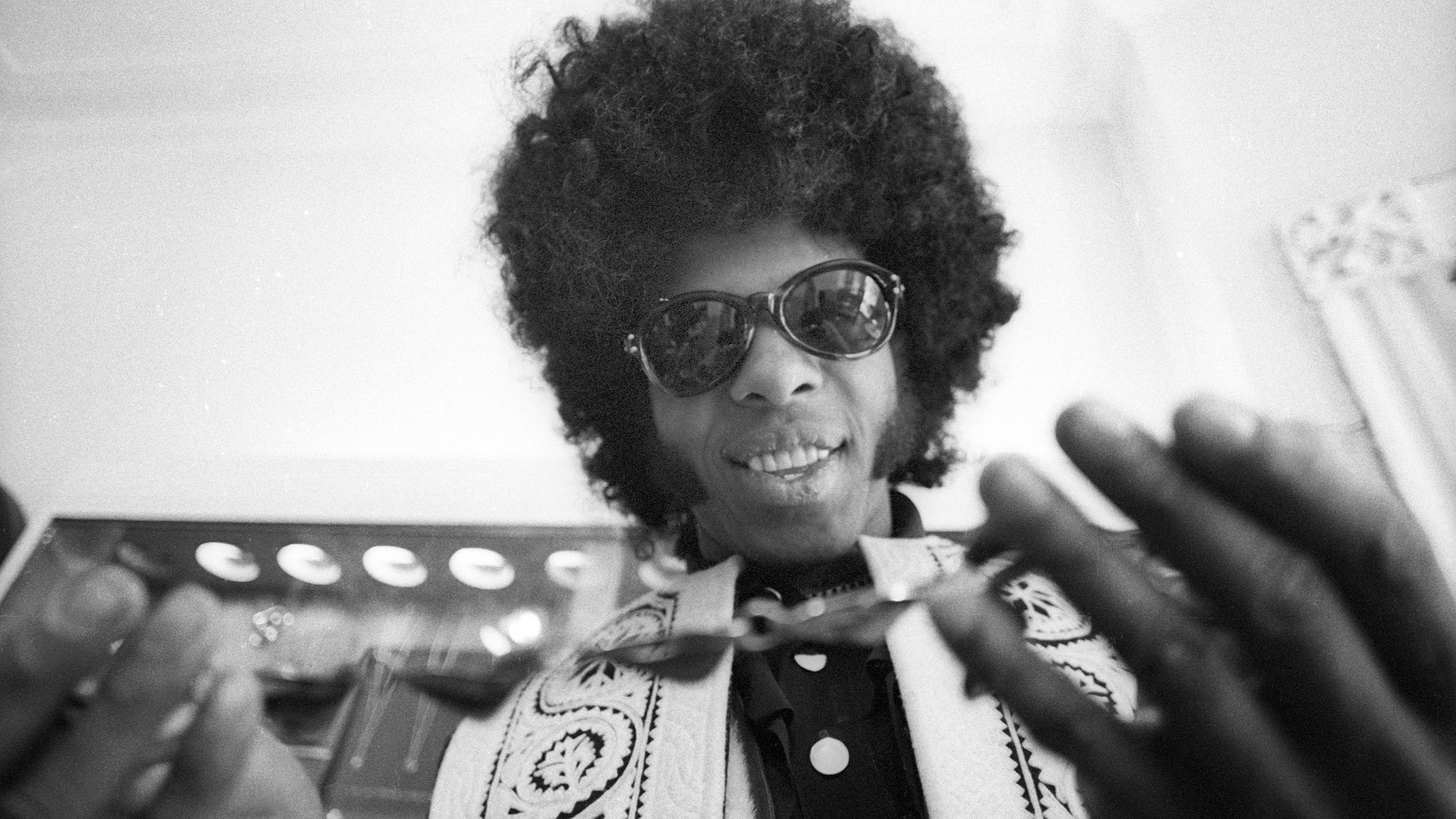 Sly Stone: The funk-rock visionary who became an addict and recluse
Sly Stone: The funk-rock visionary who became an addict and recluseFeature Stone, an eccentric whose songs of uplift were tempered by darker themes of struggle and disillusionment, had a fall as steep as his rise